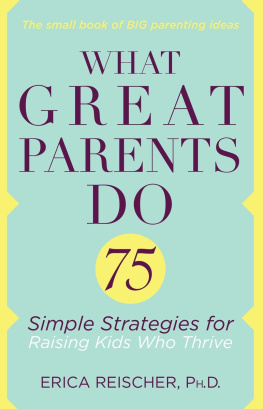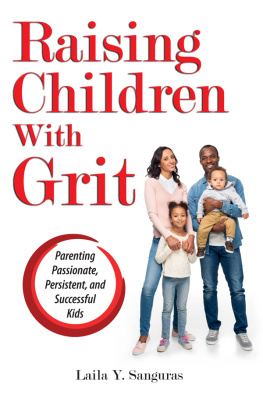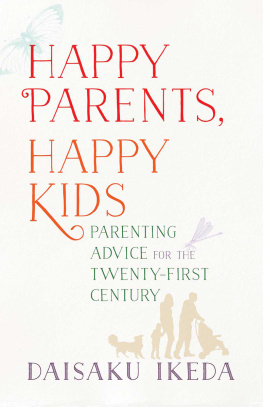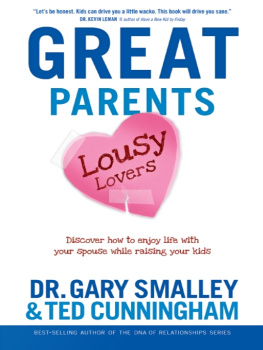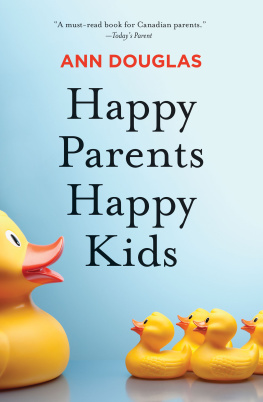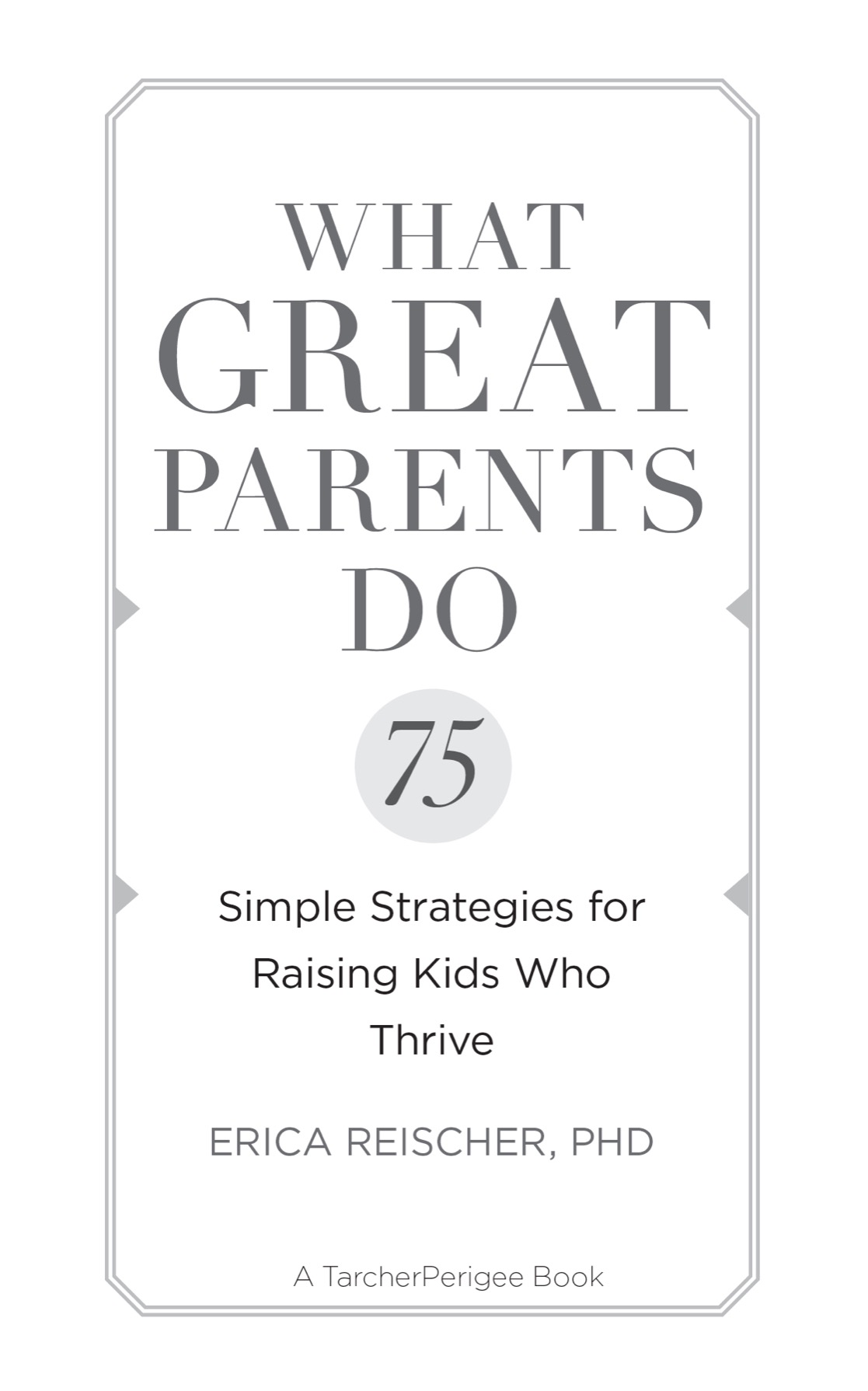Penguin supports copyright. Copyright fuels creativity, encourages diverse voices, promotes free speech, and creates a vibrant culture. Thank you for buying an authorized edition of this book and for complying with copyright laws by not reproducing, scanning, or distributing any part of it in any form without permission. You are supporting writers and allowing Penguin to continue to publish books for every reader.
Tarcher and Perigee are registered trademarks, and the colophon is a trademark of Penguin Random House LLC.
Neither the publisher nor the author is engaged in rendering professional advice or services to the individual reader. The ideas, procedures, and suggestions contained in this book are not intended as a substitute for consulting with your physician. All matters regarding your health require medical supervision. Neither the author nor the publisher shall be liable or responsible for any loss or damage allegedly arising from any information or suggestion in this book.
While the author has made every effort to provide accurate telephone numbers, Internet addresses, and other contact information at the time of publication, neither the publisher nor the author assumes any responsibility for errors or for changes that occur after publication. Further, the publisher does not have any control over and does not assume any responsibility for author or third-party Web sites or their content.
Introduction
W HEN I BECAME a parent, I wanted to find a book that would summarize, with an eye toward action steps, all the parenting best practices I had read about as a psychology graduate student.
I was able to find concise guidebooks for childrens physical health, but in the broad area of childrens social and emotional development, the best offerings were informative but required reading hundreds of pages in order to extract the most useful ideas, or they were overly focused in their subject matter.
After my first child was born and I started a private practice, I developed a workshop for parents that offered exactly what I had been looking for when I became a parent. Also called What Great Parents Do, the workshop presents simply and concisely the best practicessynthesized from research and clinical experiencethat help parents reshape kids challenging behavior, create strong family bonds, and guide children toward becoming happy, kind, and responsible adults. By now, thousands of parents have attended these workshops, and they continue to this day.
The workshops were also inspired by another source. As a psychologist, I work with a variety of families, ranging from those seeking help to curb power struggles or habitual whining to those whose relationships with each other have deteriorated to such an extent that they need professional help.
Working with these families raised a broader question for me: If I could give parents critical information early in their parenting life that would help them get and stay on track to having a happy family life and raising kids who thrive, what would I tell them? The workshops, and now this book, are based on my answer to that question.
What Makes This Book Different
When I originally developed the workshop, I also created a simple one-page handout, called 10 Things Great Parents Do, summarizing ten of the key ideas presented in the workshop. Parents were welcome to share this handout with friends and family, and it has since traveled far and wide. Ive received e-mails from across the country written by parents thanking me for the insights and reminders and telling me the handout is now posted on their refrigerator.
The format of this book was inspired by the many requests Ive received for more action-oriented summaries of parenting best practices. Ive also included real examples and practical tips for each parenting practice (aka strategy) in the book, just as I do in the live workshops.
In contrast to the many parenting books that you must read or skim hundreds of pages in order to extract the highlights and useful ideas, this book is intended to be more like a practical manual: concise and easy to read, with a focus on useful strategies you can implement right away.
For that reason, I call these simple strategies because they are presented in a straightforward and pared down way while still giving you enough information to translate them into action. But simple is not always easy: Although each strategy has been crafted to be easily understood, actually doing something in a different way than how we have done it in the past can be difficult. Intention and practice are key (see #).
In this book, you will learn all the information and techniques that I teach in my workshops and private practice: previews, power sharing, pivoting, reframing, empathy, replays, fair warning, stopping the action, social experiments, reward economies, emotion coaching, happiness habits, and moreplus how to combine them in powerful ways to create the family life you want. You will learn how to manage challenging behavior like whining and procrastinating without nagging or yelling, and how to help your children become responsible stewards of their own lives.
The strategies in this book apply to children of all ages. That said, my goal here is to help parents build a strong foundation for a happy family life with thriving kids, so the ideas, approaches, and examples presented here are primarily directed at childrens first ten years. But its never too late to start (see #). For parents of older children, it may be more challenging but well worth the effort. We are always building relationships with our children, whether they are two or twenty-two years old.
Why a practical manual? As a psychologist, I have found that most of my patientsindeed, most of the people I know, including myselfagree in principle with advice such as, To protect your lower back, strengthen your core muscles or To minimize investment risk, diversify your portfolio, but arent always able to put those ideas into practice because, in many cases, they dont yet know how. They think to themselves, Yes, good idea, I want to do that, but exactly how do I do it?
Similarly, in my work with families, I have found that parents want to use the principles I teach, but may not know exactly how to implement them. For this reason, each strategy in the book ends with a special section (Try This) to give you specific ideas for how to use it in your family, including step-by-step guidance and real-life examples of what to say and do.
Who This Book Is For
This book is for you if you are a new parent, about to become one, or even if you have been around the parenting block a few times. It is also for grandparents, teachers, and caregivers. It is for anyone who has kids in their life and wants a concise guidebook with concrete ideas and practical tools to ease the everyday challenges of life with kids, while also supporting childrens social and emotional development.

